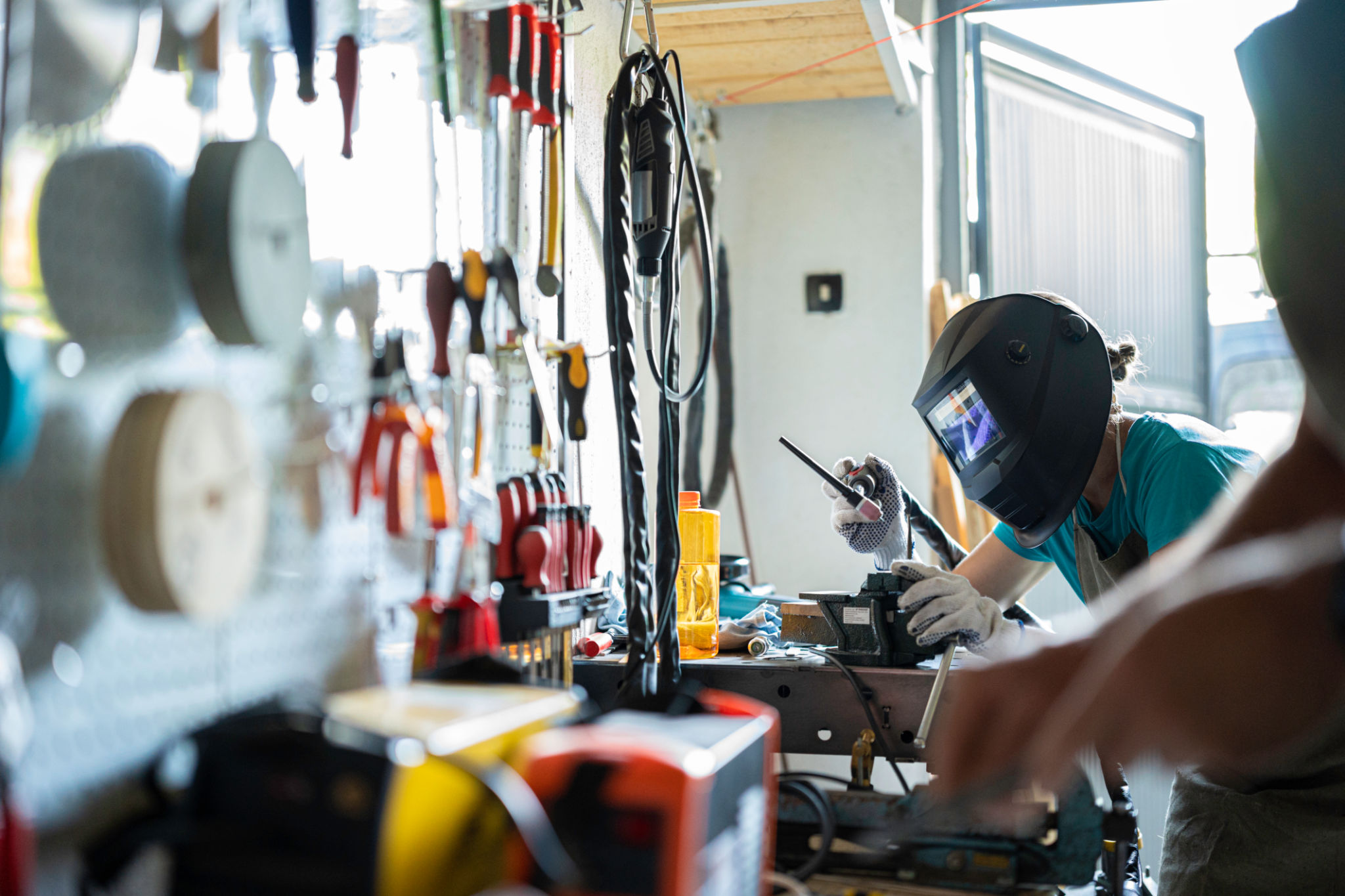Eco-Friendly Welding Practices: 21st Century Trends for a Greener Future
The Importance of Eco-Friendly Welding
As environmental concerns continue to rise, industries are under pressure to adopt sustainable practices. Welding, a crucial process in construction and manufacturing, is no exception. Embracing eco-friendly welding practices not only helps in reducing the carbon footprint but also enhances operational efficiency and safety. The welding industry is seeing a significant shift towards more sustainable methods, ensuring that future generations inherit a cleaner planet.
Traditional welding techniques often involve the use of materials and processes that release harmful emissions into the atmosphere. The transition to eco-friendly methods is not merely a trend but a necessary evolution to align with global environmental goals. Companies that adopt these practices are not only contributing to sustainability but also often see a reduction in costs and an improvement in the quality of their work.

Innovative Techniques for a Greener Approach
Several innovative welding techniques have emerged, focusing on minimizing environmental impact. One such method is friction stir welding, which significantly reduces the need for consumables and energy compared to traditional arc welding. This technique also improves the structural integrity of the weld, resulting in longer-lasting products.
Laser welding is another method gaining traction due to its precision and efficiency. The concentrated energy of laser beams reduces waste and energy consumption, making it a highly sustainable option. Additionally, laser welding minimizes the risk of contamination, ensuring a cleaner process overall.

Eco-Friendly Materials and Consumables
The choice of materials and consumables plays a critical role in eco-friendly welding. Using recyclable and biodegradable materials can significantly reduce environmental impact. For instance, eco-friendly flux and electrodes are designed to produce fewer emissions and reduce waste. These consumables not only support sustainability but also improve worker safety by minimizing exposure to hazardous substances.
Moreover, advancements in technology have led to the development of water-based cutting fluids. These fluids are less harmful than their oil-based counterparts and can be easily disposed of without damaging the environment. Implementing these materials in welding processes is a step forward in achieving greener practices.

Energy Efficiency in Welding Equipment
Energy efficiency is another critical aspect of sustainable welding practices. Modern welding equipment is designed to consume less energy while maintaining performance levels. Inverter-based power sources, for example, are more efficient than traditional transformers, resulting in lower energy consumption and reduced greenhouse gas emissions.
By investing in energy-efficient equipment, companies can significantly cut down on operational costs and contribute to environmental conservation. Regular maintenance and upgrades of welding machines also ensure optimal performance and longevity, further enhancing sustainability.
The Role of Training and Education
Implementing eco-friendly welding practices requires skilled professionals with a thorough understanding of sustainable techniques. Training and education play a vital role in equipping welders with the knowledge and skills needed to adopt green practices effectively. Many organizations now offer specialized training programs focused on sustainability in welding.
These programs cover various aspects, including the use of eco-friendly materials, energy-efficient techniques, and safety measures. By fostering a culture of continuous learning, companies can ensure their workforce is prepared to meet the challenges of modern welding while prioritizing environmental responsibility.

